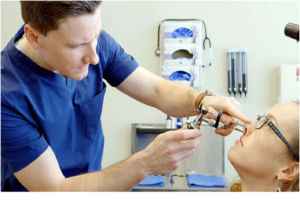
Let’s dive right in. The world of cardiology has seen dramatic advancements in the last decade. At the heart of its evolution is an expert understanding of ailments like angina forest hills— a condition that paints a vivid picture of the changes in our field. These progressions aren’t just medical jargon in a dusty textbook. They’ve made real, tangible impacts. We’re talking about extending lives, improving quality of life, and opening up new paths for treatment that were once inconceivable. Prepare to be amazed as we delve into the top advances in cardiology.
Revolution in Heart Imaging
One of the most significant advances we’ve witnessed has been in heart imaging. Consider the strides made in echocardiograms. The heart isn’t just a static image anymore. We can see it in real-time, beating, pumping—alive. This advancement gives us a deeper understanding of the heart’s function and potential ailments.
Minimally Invasive Techniques
The advent of minimally invasive surgery has been a game-changer. Imagine undergoing heart surgery through a small incision or even a catheter inserted into a blood vessel. It sounds like science fiction, doesn’t it? Yet, it’s a reality. These techniques have reduced the risk and recovery time associated with heart surgery.
Smart Devices
Another noteworthy advance is the advent of smart devices. We’re not just talking about pacemakers. We have defibrillators that can correct irregular heartbeats, and devices that monitor your heart and send data straight to your doctor. These smart devices are saving lives every day.
Breakthroughs in Medication
Finally, we can’t forget the leaps made in medication. New drugs can keep chronic heart conditions in check, and groundbreaking treatments are available for conditions like angina. These drugs have reduced mortality rates, improved patient comfort, and increased the day-to-day quality of life.
These advancements paint a hopeful canvas for the future of cardiology. We’ve moved from open-heart surgeries as the norm, to minimally invasive surgeries and innovative medication. From static images of the heart to dynamic, real-time visuals. And from passive devices to smart, proactive ones. The future of cardiology is indeed bright, and these advancements are just the tip of the iceberg.






